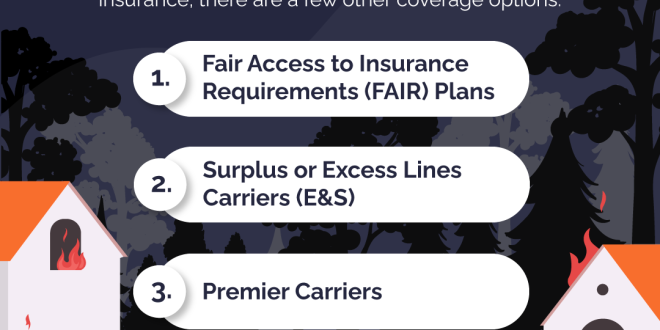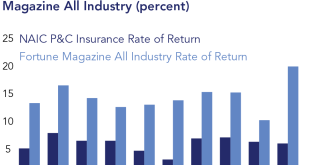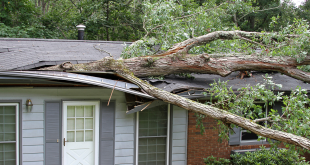Wildfires are a devastating force, and understanding your home insurance coverage is crucial if you live in an area prone to them. This article breaks down what is typically covered under a standard wildfire home insurance policy, helping you be prepared and informed. We’ll examine the different types of coverage, common exclusions, and steps you can take to mitigate your risk. So, let’s get started, shall we? It’s better to know now than when the smoke is actually in the air, right?
Dwelling Coverage
What it Covers
Dwelling coverage protects the physical structure of your home. This includes the walls, roof, foundation, and anything permanently attached to the house. If a wildfire damages or destroys your home, this part of your insurance policy will help pay to rebuild or repair it, up to your policy limits. Think of it as the bones of your house being protected; pretty essential, wouldn’t you say?
Valuation Methods: Replacement Cost vs. Actual Cash Value
It’s important to understand how your dwelling coverage is valued. Replacement cost value (RCV) will pay to rebuild your home with materials of similar quality without deducting for depreciation. Actual cash value (ACV) will pay the replacement cost minus depreciation, potentially leaving you with a significant out-of-pocket expense. RCV is generally the preferred option for better protection. I mean, who wants to pay extra just because their house got old? Seems unfair, right?
Personal Property Coverage
What it Covers
Personal property coverage protects your belongings inside your home. This includes furniture, clothing, electronics, appliances, and other personal items. If these items are damaged or destroyed by a wildfire, your insurance will help cover the cost to repair or replace them, subject to your policy limits and deductible. Basically, everything that isn’t nailed down!
Inventory Considerations
Creating a detailed inventory of your personal property before a wildfire strikes is extremely helpful. Take photos or videos of each room and keep receipts for major purchases. This will make the claims process much smoother and ensure you receive adequate compensation. Trust me, future you will be so grateful! Ever tried describing your entire wardrobe from memory? Not fun.
Additional Living Expenses (ALE) Coverage
What it Covers
If a wildfire forces you to evacuate your home, ALE coverage will help pay for temporary housing, meals, and other necessary expenses while your home is being repaired or rebuilt. It’s like your insurance company is picking up the tab for your unexpected vacation, though obviously you’d rather be at home. Wouldn’t we all?
Policy Limits and Documentation
ALE coverage usually has a limit, either a dollar amount or a time period. Be sure to track your expenses carefully and keep all receipts to submit with your claim. Understand your policy’s daily or overall limits to avoid surprises. Nobody likes nasty surprises, especially when you’re already dealing with a disaster. So, read the fine print!
Debris Removal Coverage
What it Covers
Wildfires often leave behind significant debris that needs to be removed before rebuilding can begin. Debris removal coverage helps pay for the cost of removing burned trees, ash, and other debris from your property. It’s the less glamorous but absolutely necessary part of recovery.
Policy Limits and Contractors
Check your policy limits for debris removal, as costs can be substantial. Your insurance company may have preferred contractors, or you may be able to choose your own. Be sure to get multiple quotes and ensure the contractors are licensed and insured. Don’t just go with the first guy who knocks on your door, alright? Due diligence is key!
Landscaping Coverage
What it Covers
While often limited, some home insurance policies offer coverage for damaged trees, shrubs, and other landscaping features due to a wildfire. It may not bring your prize-winning roses back, but it’s something.
Policy Limits and Restrictions
Landscaping coverage usually has a low dollar limit. It is important to review your policy and determine the coverage level. Certain types of trees or shrubs may also have specific exclusions. Yeah, that exotic palm you just planted? Might not be covered. Always check!
Common Exclusions
Earth Movement
Damage caused by earthquakes or landslides triggered by a wildfire is typically excluded from standard home insurance policies. You may need a separate earthquake insurance policy for this type of coverage. Mother Nature can be a bit of a double-edged sword sometimes, can’t she?
Neglect and Lack of Maintenance
If your property was not properly maintained, and this contributed to the damage caused by the wildfire, your claim could be denied. Regular maintenance and defensible space are crucial. Think of it as your insurance company saying, “We’ll help you out, but you gotta do your part too!”
Preventative Measures and Mitigation
Creating Defensible Space
Creating a defensible space around your home is crucial for wildfire safety. This involves removing vegetation and flammable materials within a certain distance of your house to slow or stop the spread of fire. It might feel like a chore, but it could save your home! Or at least, give it a fighting chance.
Home Hardening
Home hardening involves making your home more resistant to wildfires. This includes using fire-resistant roofing materials, siding, and windows, as well as installing spark arrestors on chimneys. A little investment now can save you a whole lot of heartache later. Plus, it might even boost your property value!
Reviewing Your Policy and Staying Informed
Regular Policy Review
It’s essential to review your home insurance policy annually to ensure that your coverage limits are adequate and that you understand the terms and conditions. Things change, right? Make sure your coverage keeps up!
Staying Informed About Wildfire Risks
Stay informed about wildfire risks in your area and heed warnings from local authorities. Develop an evacuation plan and keep emergency supplies on hand. Better safe than sorry, as they say. And who wants to be caught unprepared when the sirens start wailing?
So there you have it – a rundown on what is generally covered under wildfire home insurance. It’s a lot to take in, I know, but taking the time to understand your policy now can make all the difference if the unthinkable happens. Don’t you think? Give your policy a read-through, maybe chat with your insurance agent, and make sure you’re adequately protected. And hey, share this article with your neighbors; we’re all in this together, right?
 seeme
seeme




